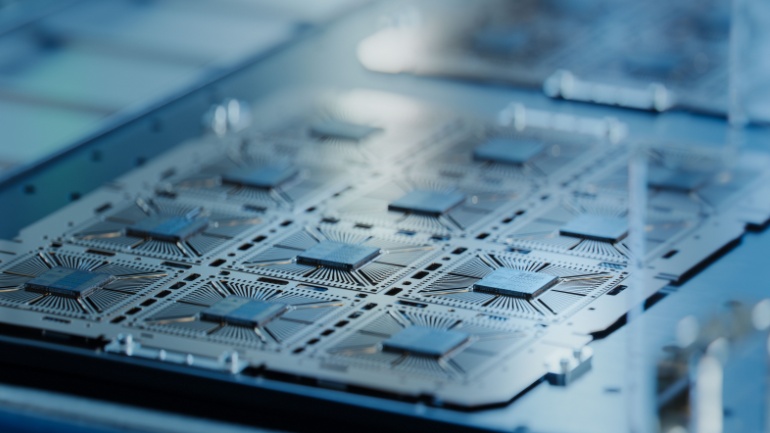A bidding war erupted over the fire sale of Casa Systems’ cable business, with CommScope emerging as the surprise victor. The final price tag of $45.1 million far outstripped initial expectations, highlighting the strategic value of Casa’s assets.
A consortium comprising two Japanese banks, mobile operator NTT DOCOMO, and Space Compass Corporation has committed $100 million to HAPS developer AALTO. This substantial investment aims to support AALTO’s industrial and commercial roadmap, targeting a commercial launch of its services by 2026.
Last month, AST SpaceMobile secured a partnership with Verizon to leverage its upcoming satellite network for comprehensive connectivity across the U.S. Since then, the company’s value has surged, with its share price climbing 70%, marking its highest level since November 2022.
NTT Docomo has initiated Japan’s first experimental demonstration of a self-powered hydropower cellular base station. This project, designed to showcase sustainable and low-cost connectivity solutions for rural areas, features a hydroelectric power-generation system utilizing a jet turbine developed by Professor Yukihiro Shimatani from the Prefectural University of Kumamoto.
Italian company Tessellis has announced plans to acquire Go Internet, aiming to bolster its presence in the business services sector. The deal, initially delayed, has now met all necessary conditions and is set to proceed with Tessellis acquiring over 30% of Go Internet following a Reserved Capital Increase scheduled for the end of the month.
French telecom giant Orange has teamed up with green technology company d.light to bring innovative solar-powered products to its prepaid customers in Africa. California-based d.light specializes in a variety of solar-powered devices such as lamps, torches, fans, and phone chargers, all designed for easy self-installation.
DE-CIX, the world’s leading Internet Exchange (IX) operator, and PacketFabric, a prominent Network as a Service (NaaS) provider, have announced the expansion of their strategic collaboration. PacketFabric is now the inaugural Reseller under DE-CIX’s newly launched R3 Partner Program, marking a significant step in broadening access to high-performance interconnection services.
SLBdiensten has added the Microsoft Teams Operator Connect solution from Gamma Communications to its service portfolio, streamlining telephony integration within Microsoft Teams for educational institutions. This development aims to enhance communication and efficiency in schools, meeting the growing demand for smarter work practices and improved accessibility.
Major African network operators Orange and Vodacom are reportedly negotiating an infrastructure-sharing agreement, as disclosed by Bloomberg. Sources close to the matter suggest the companies aim to collaborate in overlapping markets, such as Egypt and the Democratic Republic of Congo. This partnership would enhance their coverage and mitigate the need for extensive new infrastructure.
South Korea’s President Yoon Suk Yeol revealed a historic $19 billion support package aimed at bolstering the nation’s semiconductor sector, underscoring the industry’s critical role in the economy. The substantial investment, facilitated by the state-run Korea Development Bank, will enhance infrastructure, research and development, and offer tax incentives.













